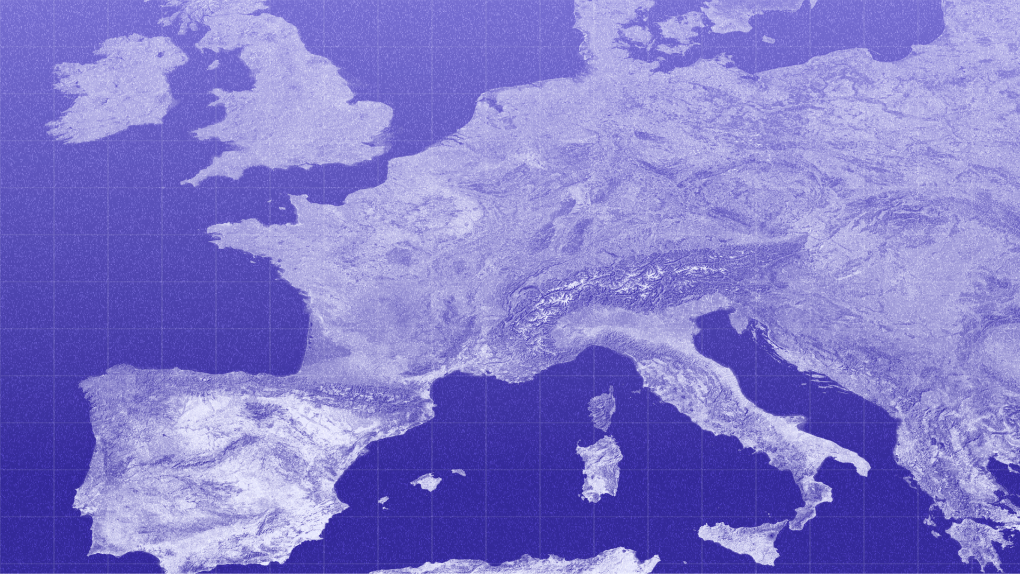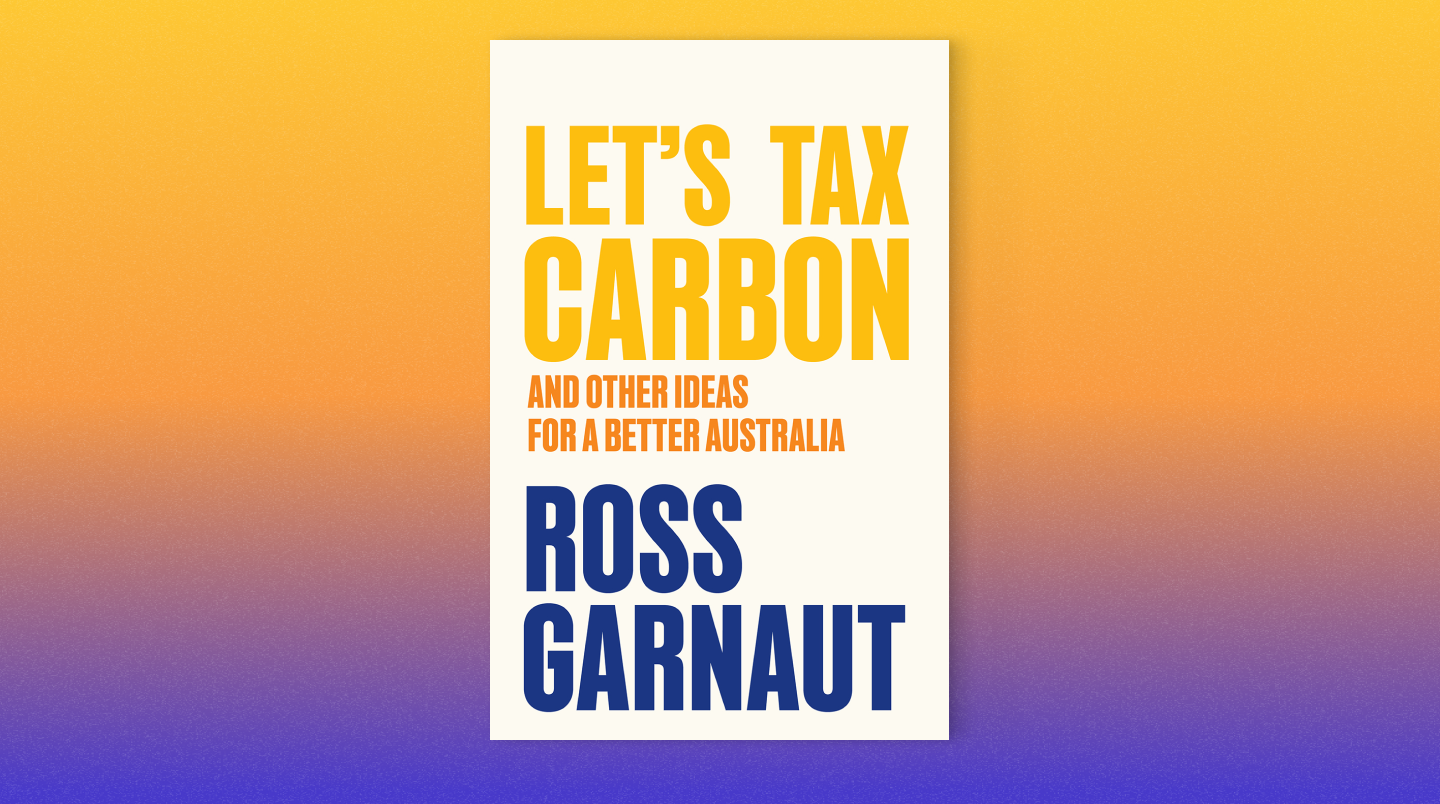The EU Carbon Border Adjustment Mechanism (CBAM) is a first glimpse at the ways international climate policies will create new opportunities for Australia. But these opportunities will only be realised if our government invests strategically, in industries where this country will have a comparative advantage in a net-zero world.
The EU’s CBAM was introduced late in 2023. It will complement its emissions trading scheme (ETS), which was introduced in 2005 so that consumers in the bloc pay for the social cost of carbon embedded in ETS products.
The CBAM will gradually impose a carbon price on particularly carbon-intensive imports, ensuring local producers are not disadvantaged by the emissions trading scheme. This will drive down carbon emissions and preserve a level playing field for EU producers.
The EU CBAM is starting simply, targeting imported products including iron and steel, aluminium, electricity, fertilisers, cement, and hydrogen. The price of these will, very soon, rise to include the EU’s carbon price.
Australian businesses and government should anticipate the expansion of this carbon tax to a broader and more complex range of imports. The desire for a level playing field means the natural tendency of a CBAM is to grow until it covers the same sectors as an ETS. And the EU has already foreshadowed plans to expand its scheme.
If the EU CBAM provides a glimpse of future economic pressures and opportunities, what do these look like for Australia?
The answer will depend on whether the government is strategic in its support for businesses. Support should be limited to industries where Australia is likely to have future comparative advantage in a world moving to a net zero – and therefore, under CBAMs. And support should also be limited to businesses making early investments in Australia’s comparative advantage because these investments generate external benefits in the form of collective knowledge and expertise.
With current EU CBAM settings, and based on Australia’s current carbon export profile, the border tax will impose costs on Australian exporters, but these are likely to be small. Recent modelling by Philip Adams at Victoria University’s Centre of Policy Studies suggests the CBAM could reduce Australia’s real GDP by about $220 million by 2030. The effect is mild because this country doesn’t export many carbon-intensive products directly to Europe.
Green steel in demand
But Australia’s current exports aren’t its future opportunities. As countries work to meet their net-zero commitments, opportunities lie with the production and export of energy-intensive, zero-carbon exports.
Australia could occupy a privileged position in a net-zero world because it is likely to have comparative advantage in energy-intensive net-zero industries.
Australia could occupy a privileged position in a net-zero world because it is likely to have comparative advantage in energy-intensive net-zero industries.
Australia can use low-cost renewable energy to produce zero-emission products, including green steel, green aluminium, green fertiliser, green transport fuels and green silicon.
We’re not in a net-zero world yet, but the EU’s carbon border tariff is another reminder that it’s coming. Carbon-intensive products will become progressively more expensive under the EU’s ETS and CBAM, and Australian low- and zero-carbon, energy-intensive exports could be perfectly positioned to take their place. Our comparative advantage in green processing is likely to increase the amount of Australian minerals exported to Europe.
By 2034, carbon-intensive imports to the EU will bear the full cost of the EU carbon price, which is expected to be in the range of €70 to €100. Modelling suggests that at these prices, Australian green steel will already achieve, or be rapidly approaching, price competitiveness with carbon-intensive steel.
Countries that now export carbon-intensive steel to the EU, especially Brazil, are not as well positioned to produce green steel, and risk being outcompeted by Australian exports. Work by the Grattan Institute has flagged green steel as the strongest contender as an early net-zero export opportunity.
This is an example of the way carbon border adjustment mechanisms and international net-zero policies will rebalance Australia’s comparative advantage away from carbon-intensive products, and towards new zero-carbon exports. And this is why government support should be directed to industries where Australia is most likely to have a comparative advantage.
Australian businesses will need to be able to properly measure the carbon intensity of CBAM products, to make sure zero-carbon products are appropriately recognised under CBAM laws. This would be straight-forward if Australia had carbon pricing. In its absence we will instead need measurement schemes that meet the requirements of countries with such tariffs.
Businesses in this country need to be ready to seize the moment because the EU CBAM is a harbinger of tariffs to come. The British government has committed to such a mechanism by 2027. A US Clean Competition Act has been proposed. Canada is contemplating a CBAM, as is Australia. And other countries with emissions trading schemes, such as South Korea, China, and New Zealand, will want to introduce them to level the playing field for their producers.
The carbon border tariffs could be very good news for this country because Australian producers of zero-carbon products would get the support of a carbon price in CBAM markets. But to prosper in the coming net-zero world, Australia will need to play to its strengths.
Ingrid Burfurd
Carbon Pricing and Policy Lead




